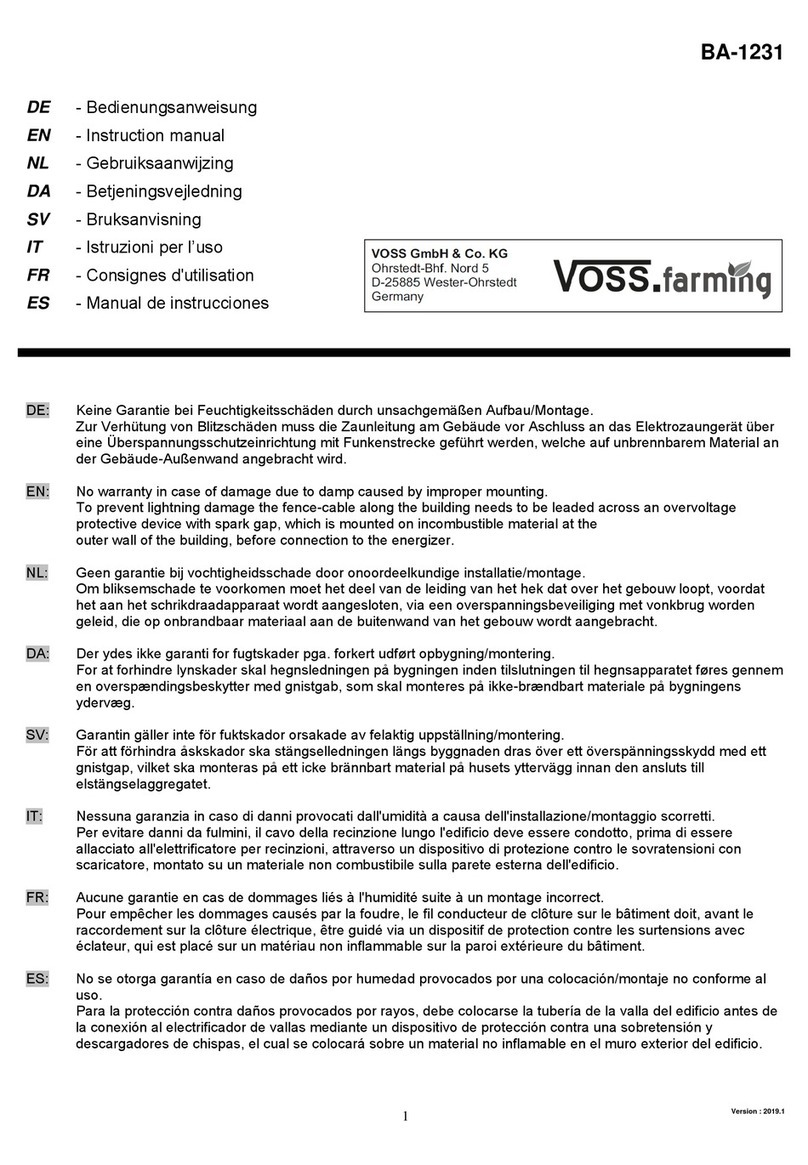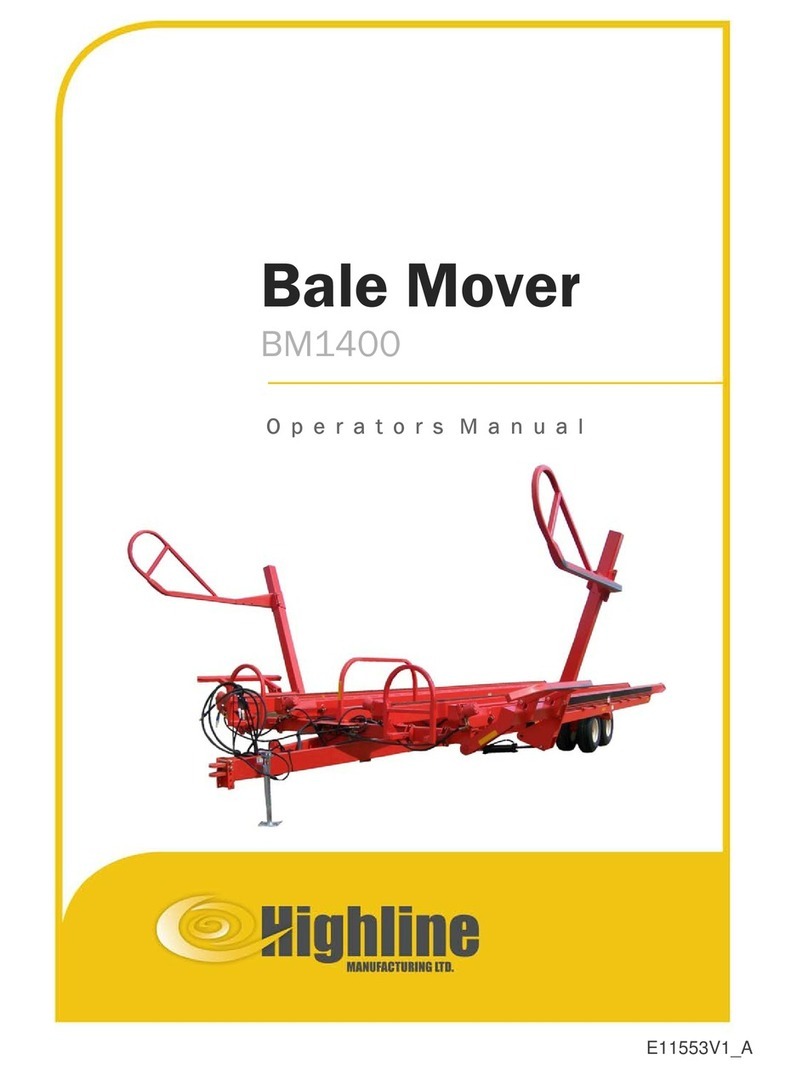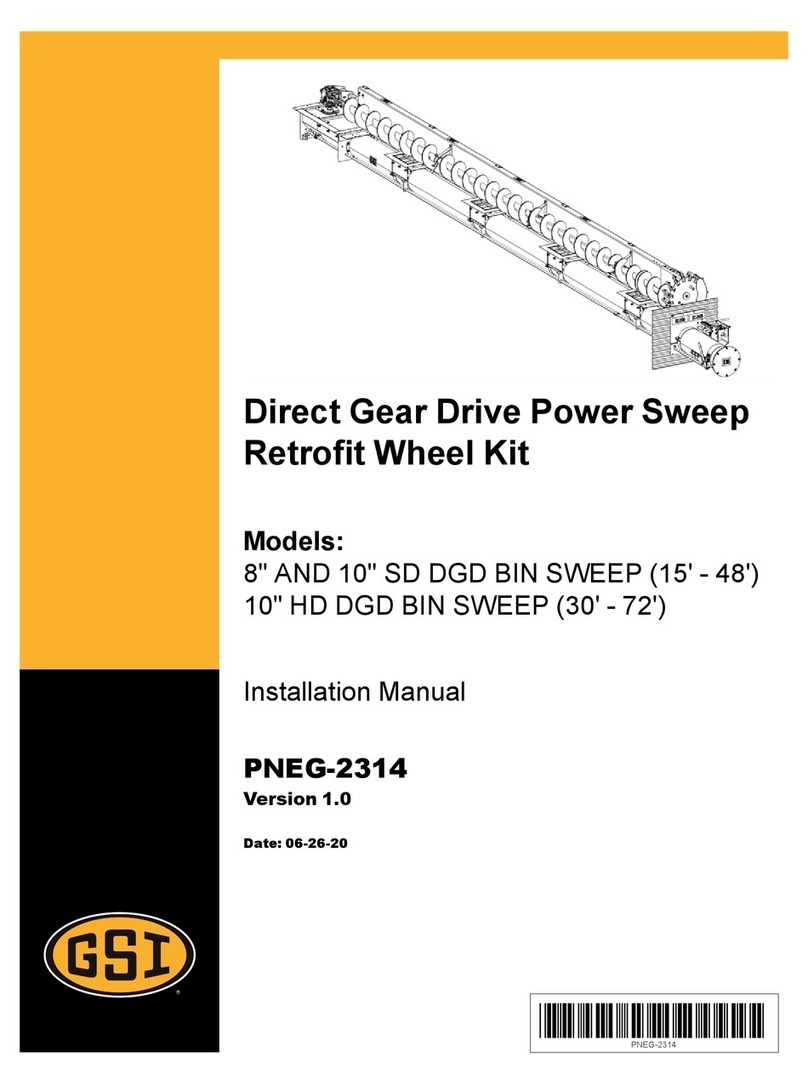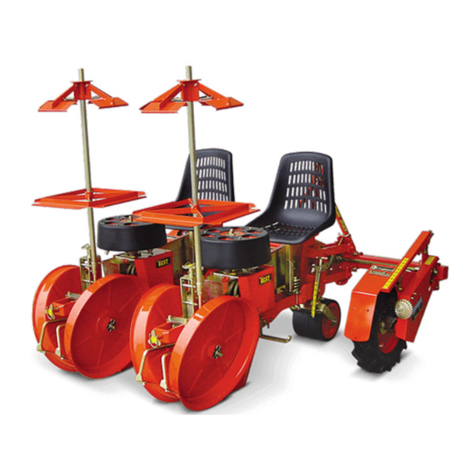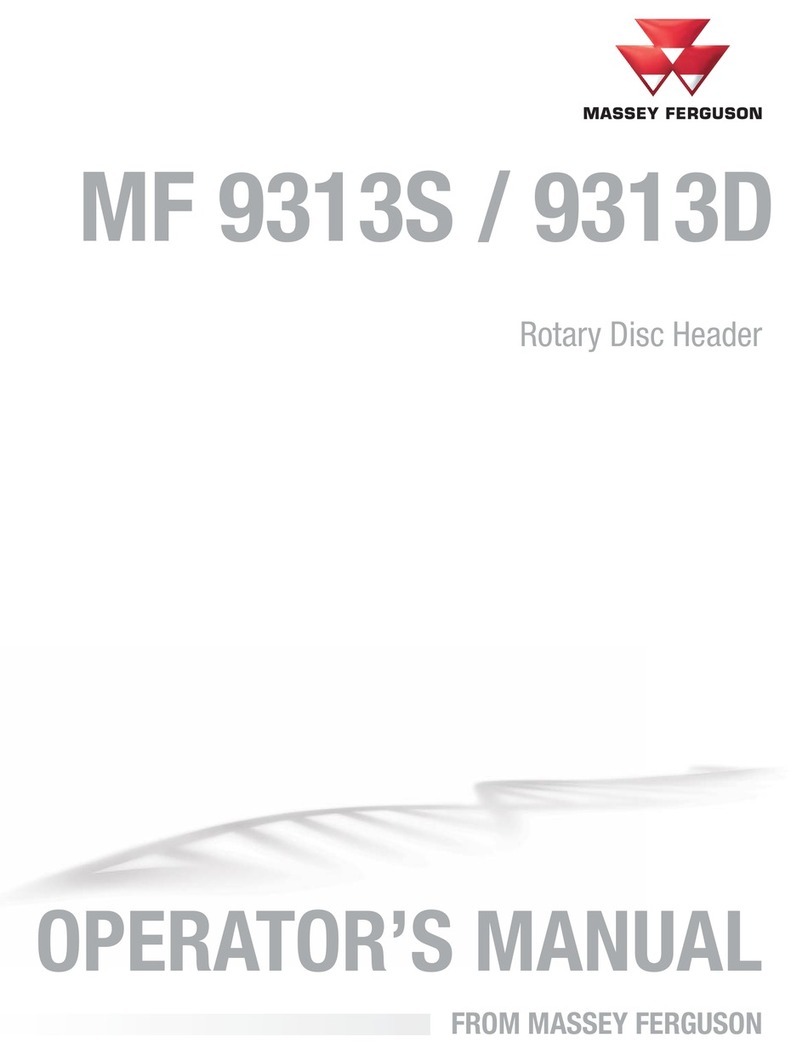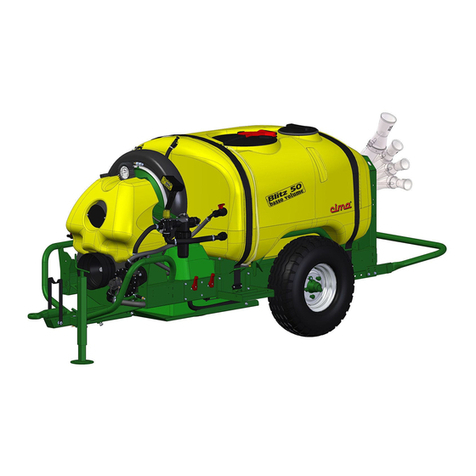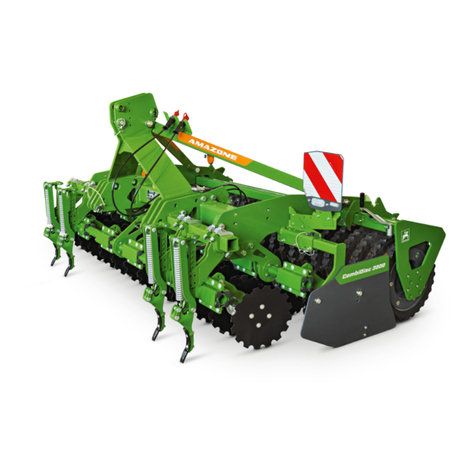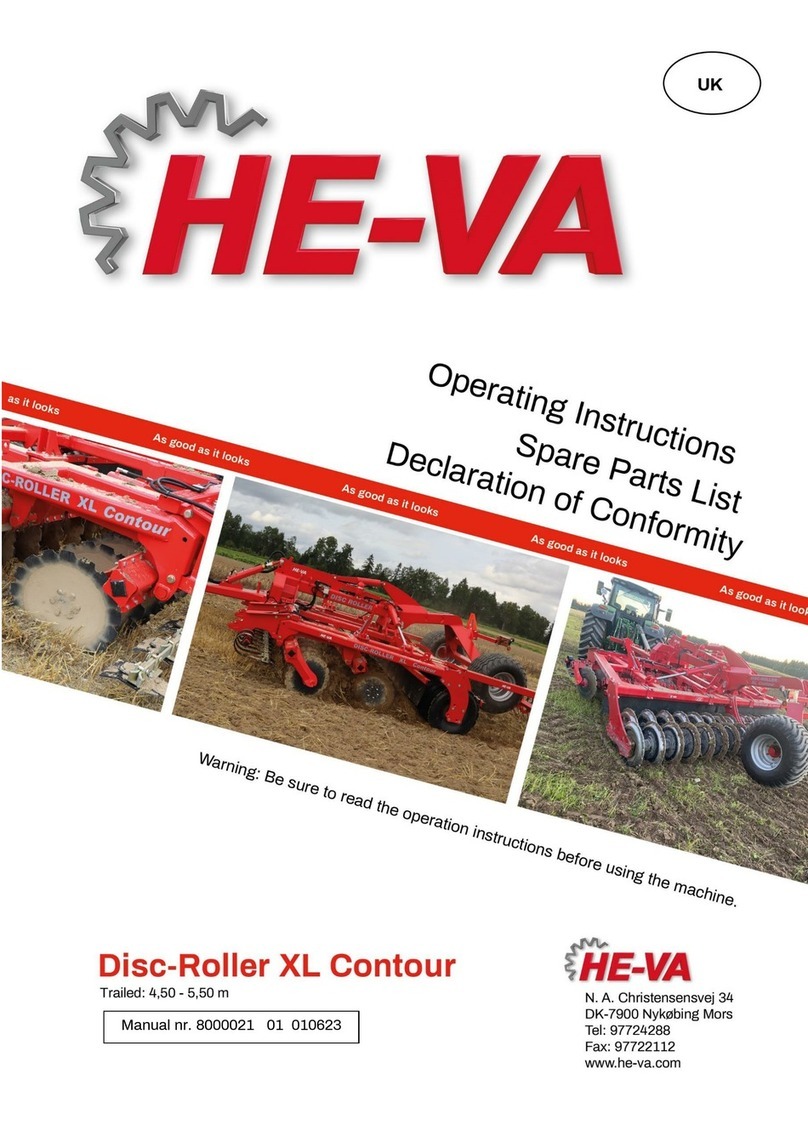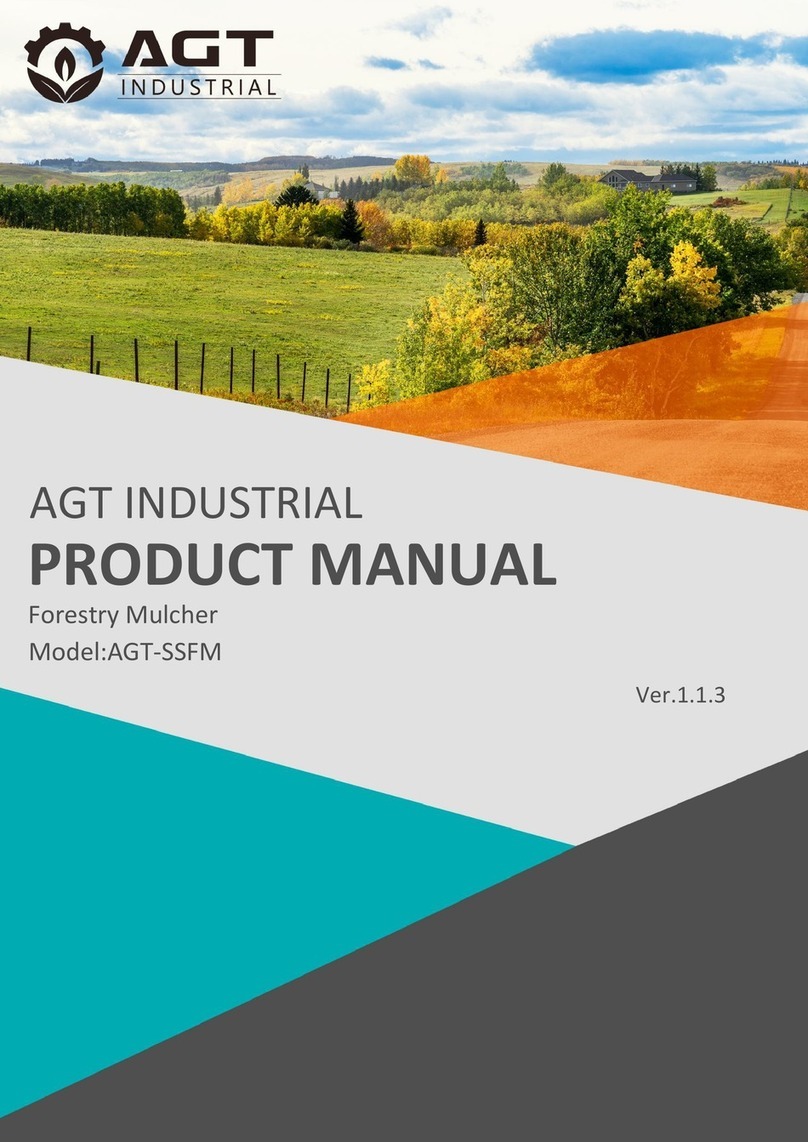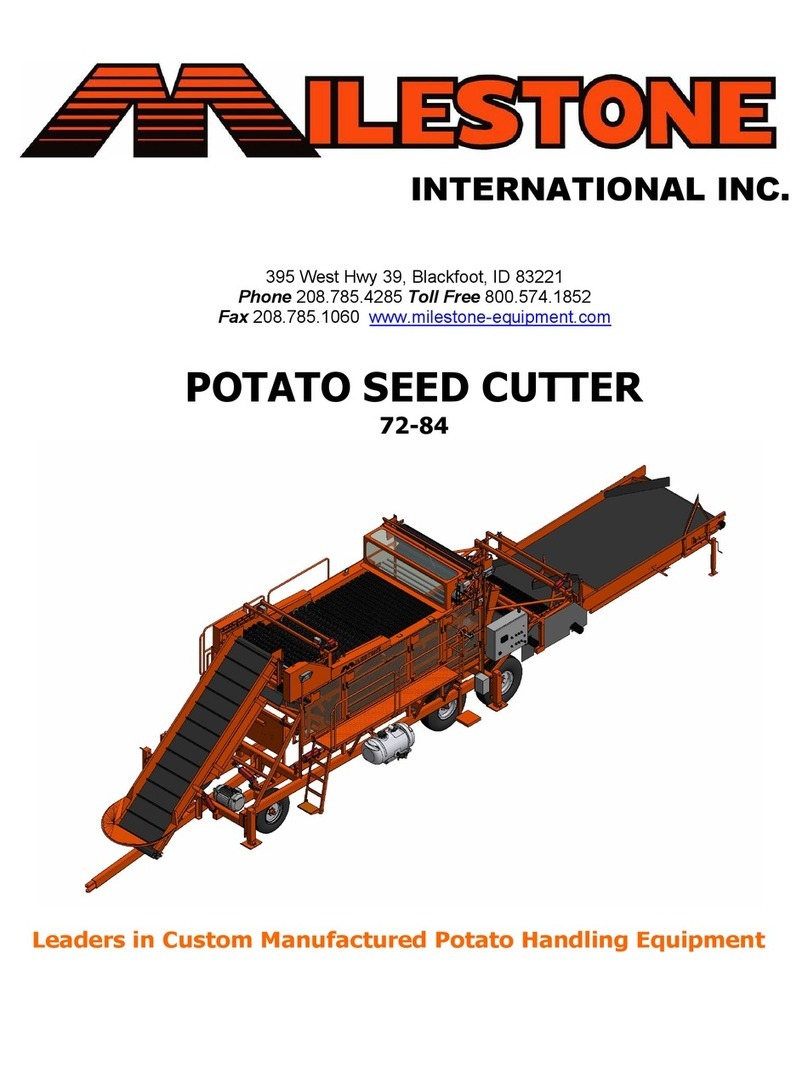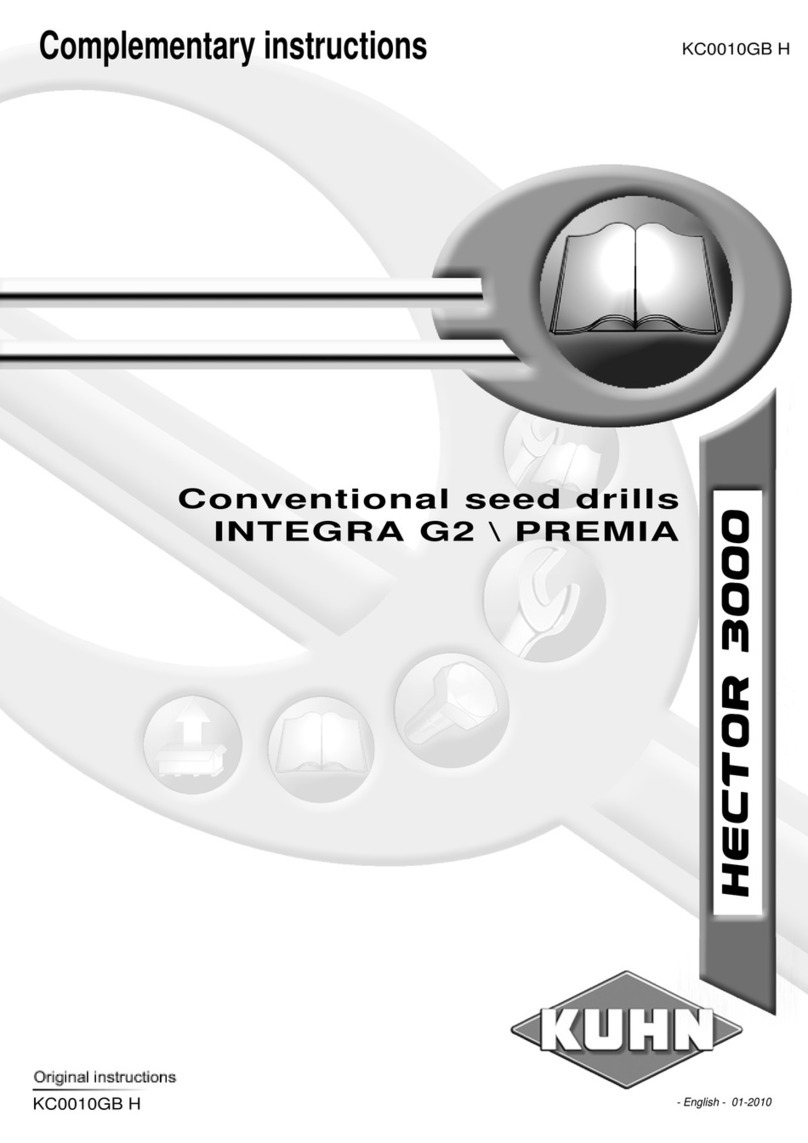VOSS.farming TabanusTrap easy Manual
Other VOSS.farming Farm Equipment manuals
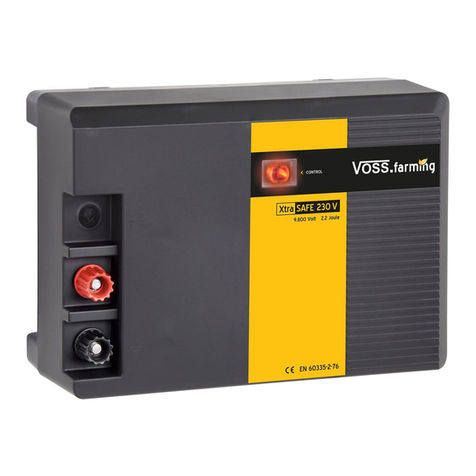
VOSS.farming
VOSS.farming AV 1000 Pet Control User manual
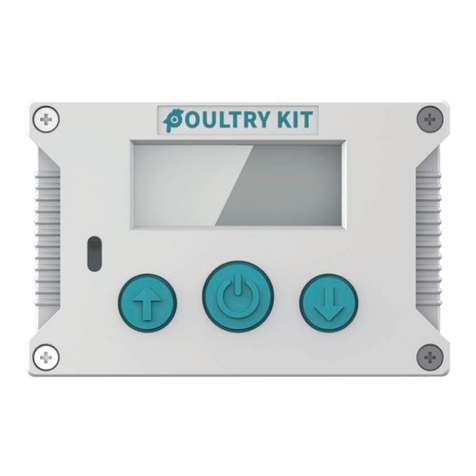
VOSS.farming
VOSS.farming Poultry Kit User manual
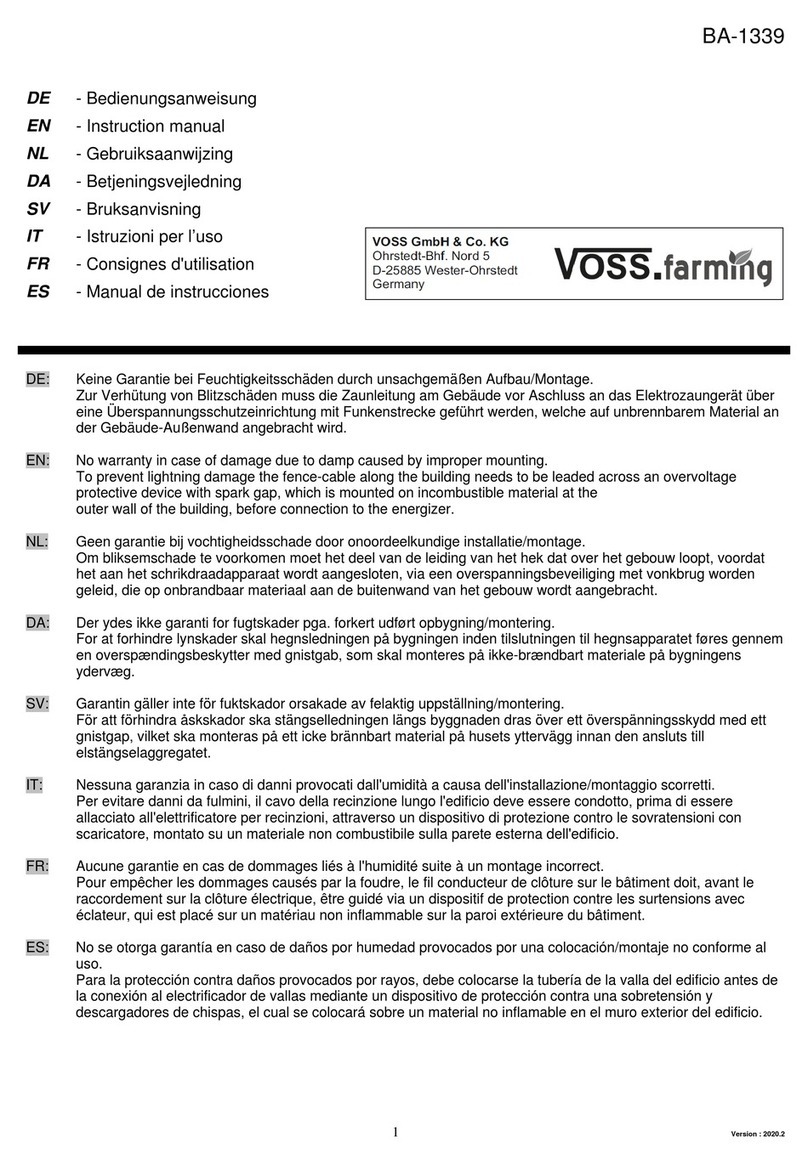
VOSS.farming
VOSS.farming BA-1339 User manual

VOSS.farming
VOSS.farming profiCUT go User manual

VOSS.farming
VOSS.farming XTREME duo RF User manual
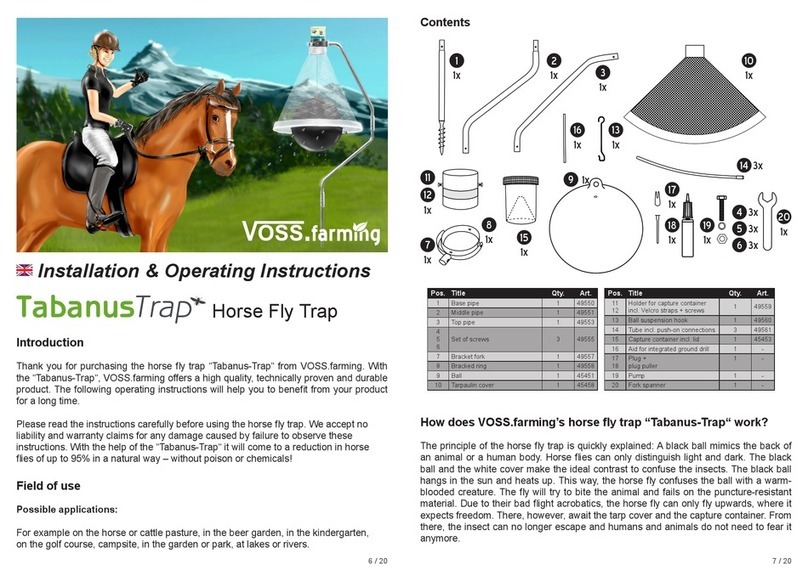
VOSS.farming
VOSS.farming TabanusTrap Manual

VOSS.farming
VOSS.farming BA-1262 User manual
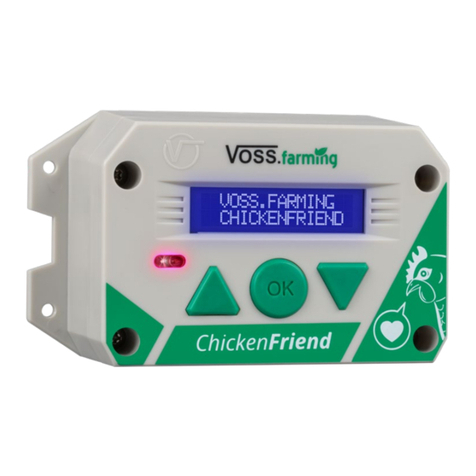
VOSS.farming
VOSS.farming ChickenFriend User manual

VOSS.farming
VOSS.farming Chiken-Door User manual
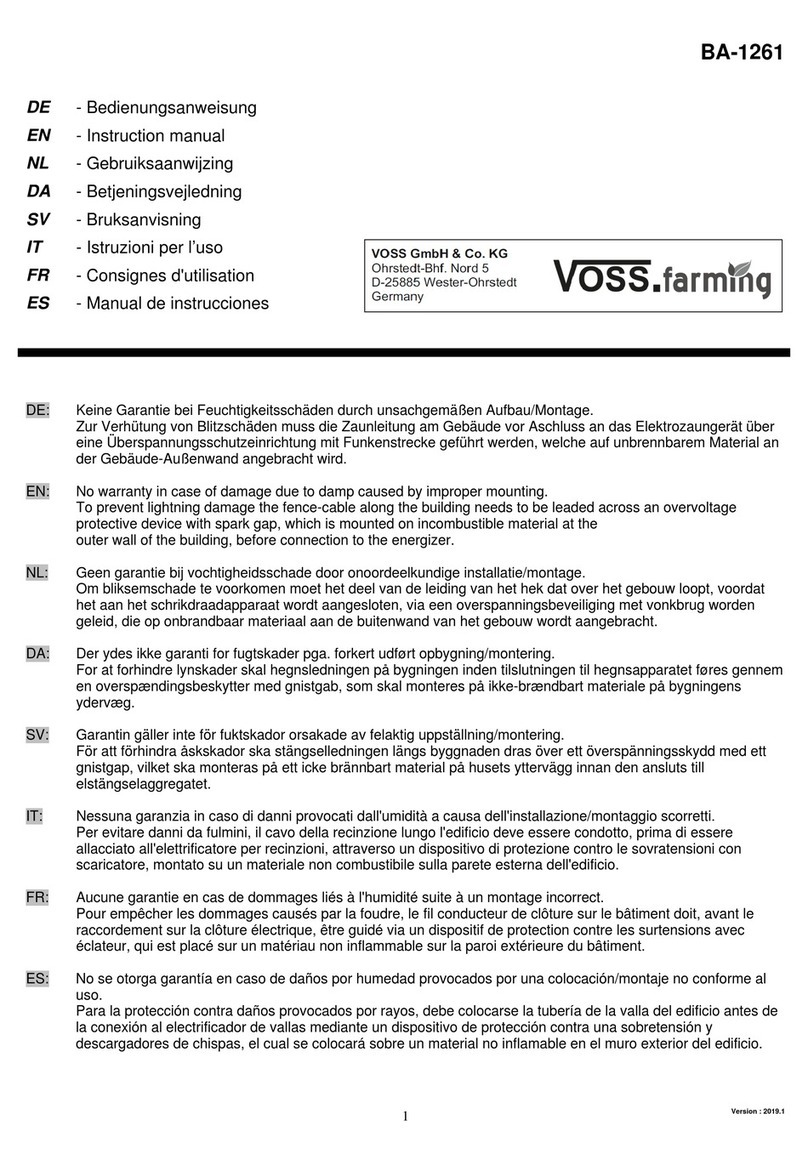
VOSS.farming
VOSS.farming BA-1261 User manual
Popular Farm Equipment manuals by other brands
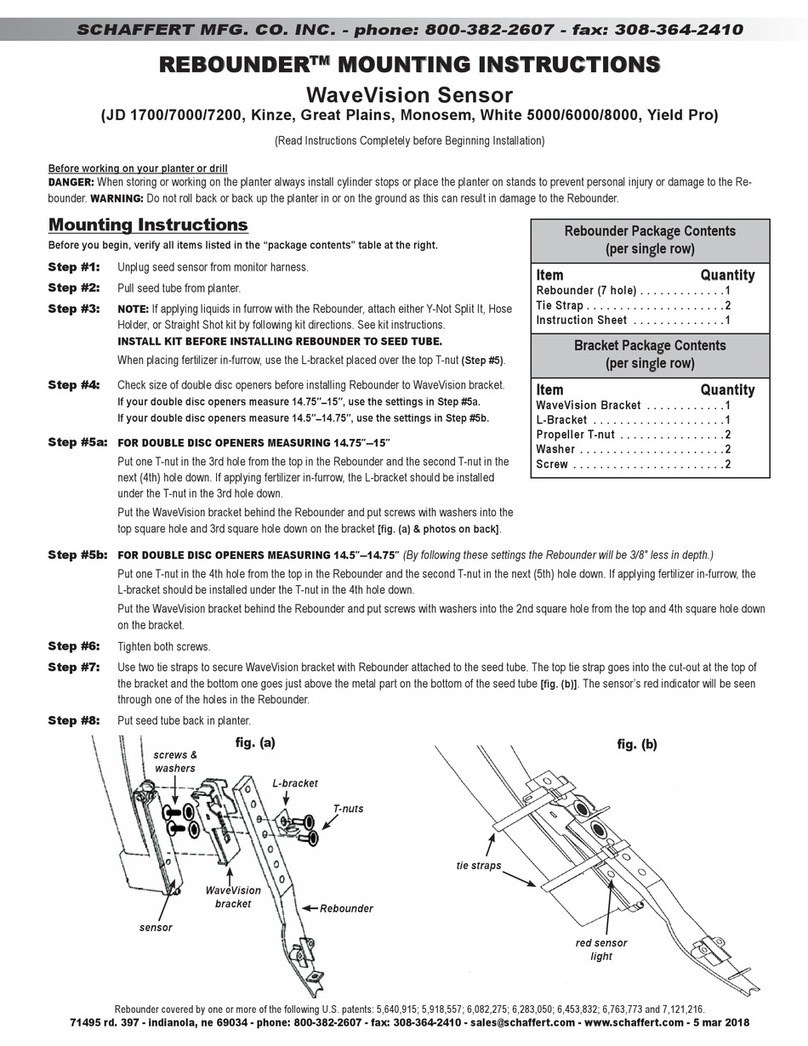
Schaffert
Schaffert Rebounder Mounting instructions

Stocks AG
Stocks AG Fan Jet Pro Plus 65 Original Operating Manual and parts list
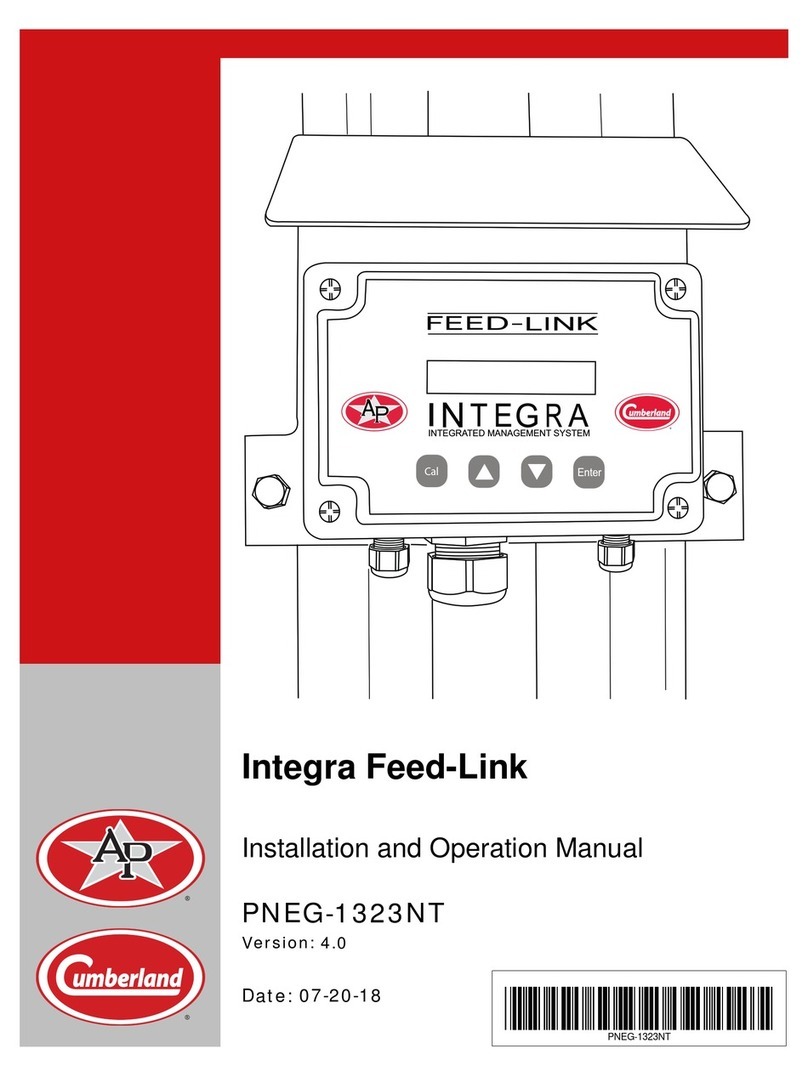
Cumberland
Cumberland Integra Feed-Link Installation and operation manual
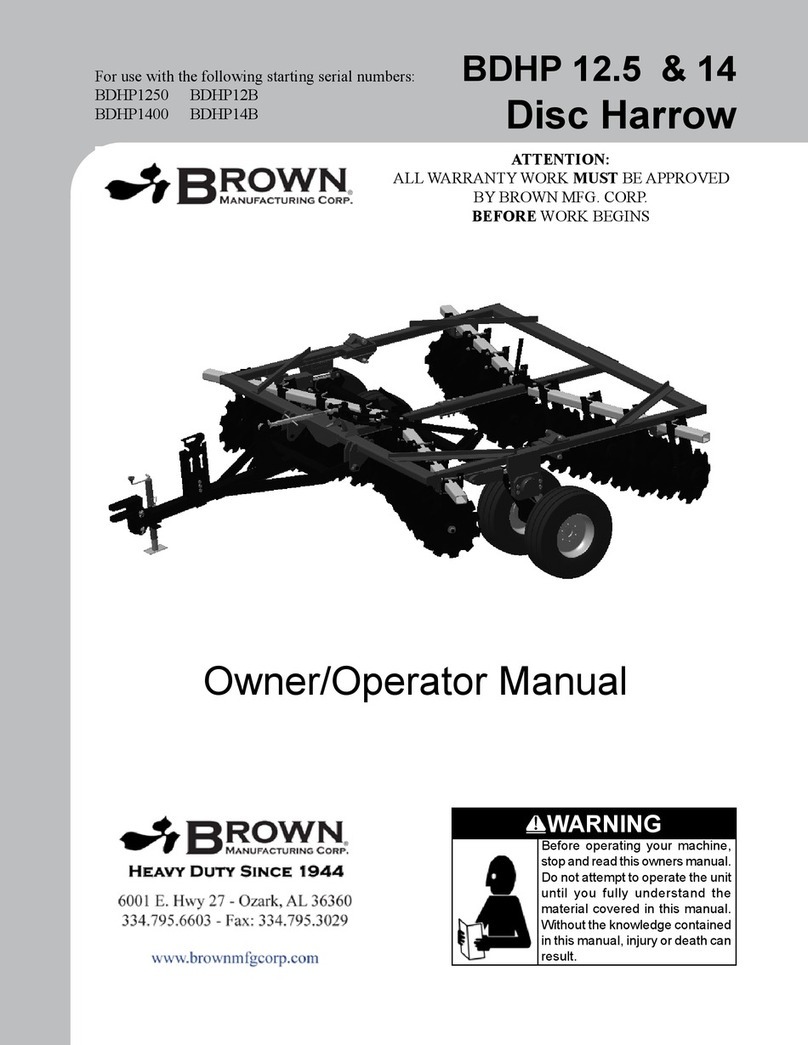
BROWN
BROWN BDHP-1250 Owner's/operator's manual
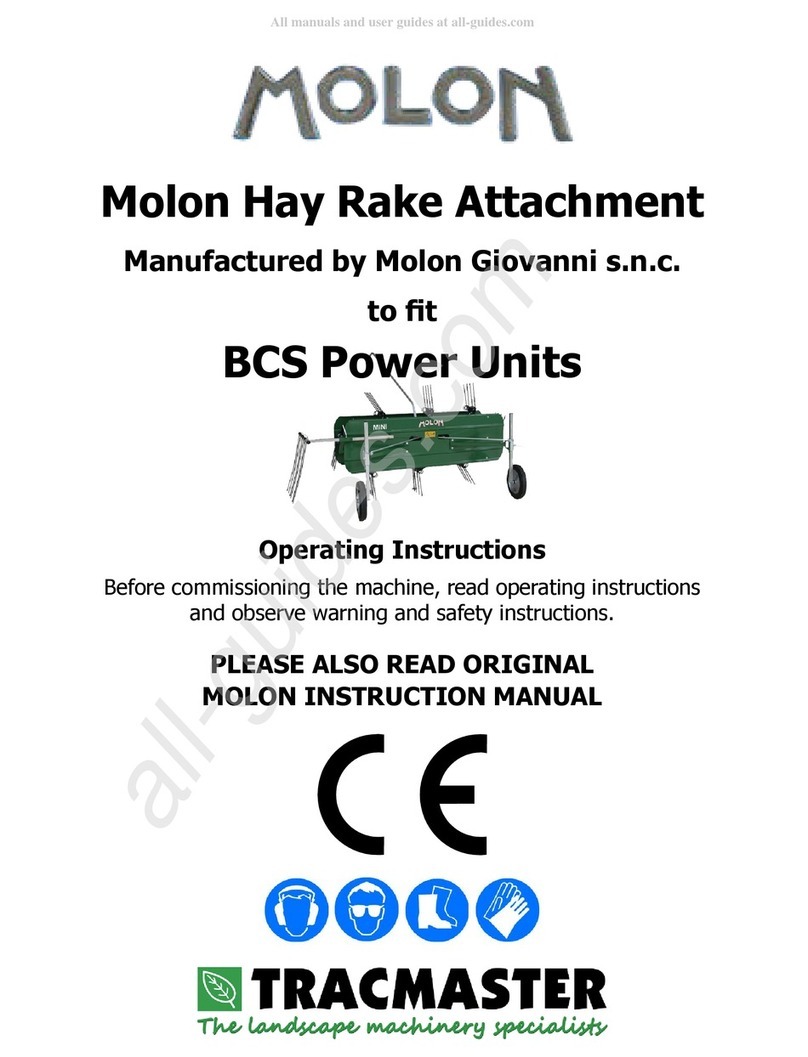
Molon
Molon BCS operating instructions

Vaderstad
Vaderstad Rapid Series instructions
